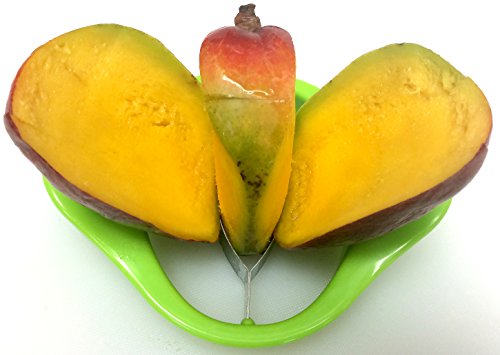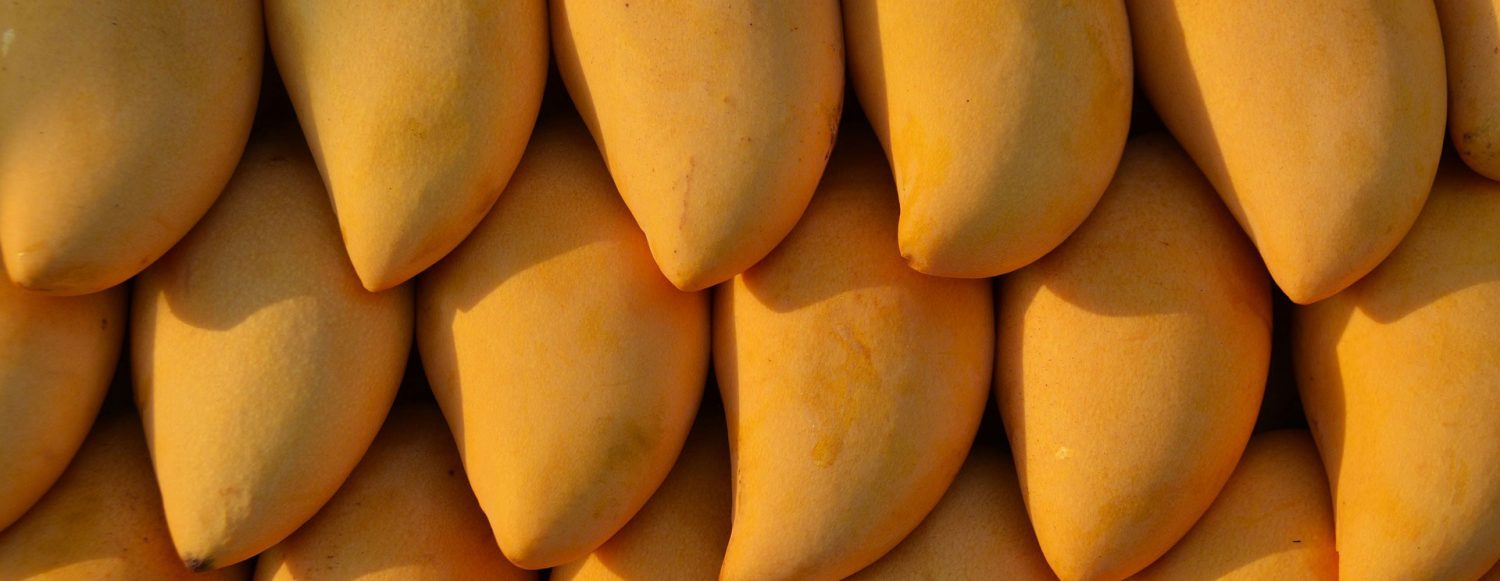You need a dehydrator that has a sufficiently huge ability to protect your food, yet not so enormous that it occupies valuable extra space. A collapsible dehydrator is Hurt’s recommendation, even though they cost a little more, these are the best option for a city apartment or tiny house: They expand to accommodate larger shelves, but once you are finished dehydrating, they collapse and can be stored.
When you dehydrate food by using Mango Dryers, you only need one ingredient—the food you are drying—so it is completely natural. You also get all the minerals and fiber from the whole fruit, and unlike cooking and steaming, you do not lose any nutrition.

Mango Dryers
Foods dehydrated also save space. Dehydrating many fruits and vegetables can reduce their size by half or more, depending on the amount of water in the original food. Since many fruits and vegetables are mostly water, dehydrating them removes that water.
You can dehydrate apples and store them in much less space than when they are fresh if you bring in your harvest but do not have a root cellar or a large enough refrigerator. Also, dehydrated apples do not care where you put them, so you do not have to use up valuable counter or refrigerator space for them.
The process of dehydrating food will change your perspective. Snacks and treats that are delicious and healthy can be made from simple vegetables and fruits. A mango dryer can be used to make healthy alternatives to junk food, and the possibilities are practically endless! You probably will not believe how many foods you eat are dried and that you can make yourself, like dates, sultanas, and dried herbs.
